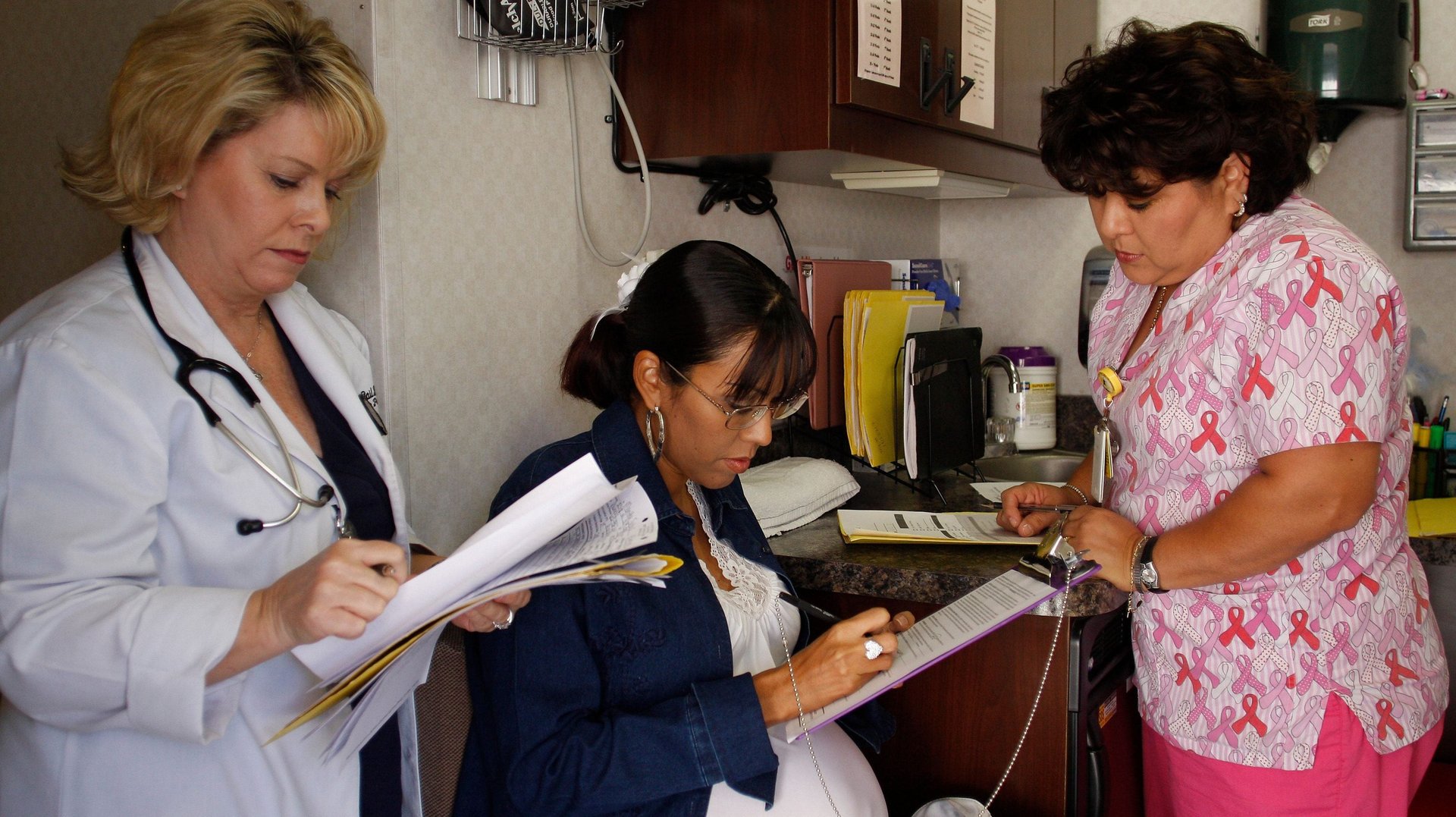The risks of sticking with “short-term” health insurance for young women
In its latest move to bring the health insurance market closer to the pre-Affordable Care Act era, the Trump administration has extended the duration of so-called short-term health insurance plans.


In its latest move to bring the health insurance market closer to the pre-Affordable Care Act era, the Trump administration has extended the duration of so-called short-term health insurance plans.
People who purchase these policies will be able to get contracts for up to 364 days, and then renew them for two more years. But participating in limited short-term coverage over the span of years (instead of broader long-term coverage) can be risky for even healthy Americans.
What are short-term insurance policies?
“Short-term limited-duration” (STLD) insurance policies are health insurance policies marketed to people who don’t get insurance through their work. They were designed to provide emergency coverage to people in-between jobs, or who hadn’t yet signed up for the affordable care marketplace.
These policies tend to be much cheaper than the one available on the marketplace (an average of 20% cheaper, according to an analysis by the Kaiser Family Foundation). That’s because they provide lower-level coverage, and they don’t have to abide by the Affordable Care Act regulations.
Because they are less regulated, such short term policies are allowed to come with higher premiums for people with pre-existing conditions, or not cover them at all. Providers can also demand higher premiums from patients who get sick, and set different prices depending on the age, gender, health status.
No policies for young women
Such policies are typically marketed with emphasis on lower premiums, promoted as cost-effective solutions for young, healthy individuals who rarely need a doctor. However, there is one group of young, healthy individuals who do require substantial medical attention: Pregnant women.
The average age at which a woman becomes pregnant in the US is 26.3 years. This age tends to be lower for women with lower levels of education: According to the Pew Research Center, 62% women with a high school degree or lower have children before 25, and so do 49% women with two year college degree. These women are also more likely to have a lower income and to find themselves out of a company-sponsored policy—ideal customers for the cheaper, limited duration policies.
But many STLDs do not cover maternity care at all. The Kaiser Family Foundation recently reviewed 24 short-term health care plans reviewed offered by two big online providers. None of them covered maternity care:
So what happens if you get pregnant on a short-term policy?
Half of all pregnancies in the US are unplanned. What happens if a woman gets pregnant while on a short term policy?
Assuming the woman wants to carry the pregnancy forward, the specifics depend on the policy. If it covers some pregnancy care, even with high premiums, this might give the woman a chance to get maternity care while she looks for a better policy. Luck will play a role, here: If she finds new employment, happens to be looking for a new policy during the (increasingly short) enrollment window for Obamacare, or qualifies for maternity care coverage through Medicaid in her state, then she may be able to transition to better coverage (although Medicaid only covers new mothers until six weeks postpartum).
Otherwise, she’s likely to have to pay for maternity care out of pocket. In the country with the most expensive childbirth in the world, this could force poor women to forgo much prenatal care, and even end up delivering in the emergency room without any prior medical checks.
Research has linked the lack of prenatal care, or sporadic care, to high maternal mortality in the US.
What if you want an abortion?
Short-term insurance policies generally don’t cover abortions. However, this is a situation that may not differ much from employment-based insurance, depending on where you live.
A growing number of states have banned private health insurers from covering abortion, leaving women to face the procedure’s bill. However, the cost itself (typically under $1000 for procedures within the first semester) isn’t the main financial concern when accessing an abortion. Cost of travel, time off work (especially in states where there is a mandatory waiting period between the first consultation and the procedure) and childcare for other children tend to be where the costs add up.